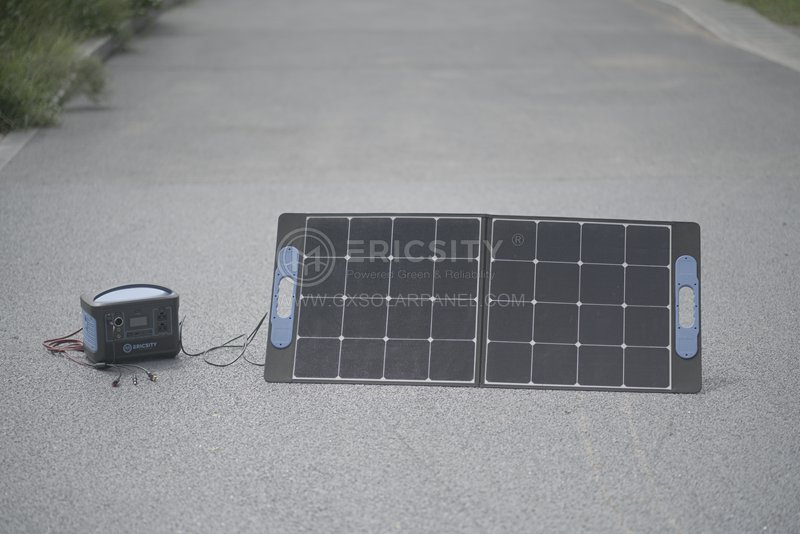HOT PRODUCT
Product Details
Single-crystal Power: A Guide To Mono Flexible Solar Panels
Single-crystal Power: A Guide to Mono Flexible Solar Panels
Solar energy is rapidly gaining popularity as a clean and renewable source of power. To harness this abundant resource efficiently, advancements in solar panel technology have led to the development of mono flexible solar panels. These panels, also known as single-crystal solar panels, are a breakthrough in the industry and offer a range of benefits. In this guide, we will explore the features, advantages, and applications of mono flexible solar panels.
Mono flexible solar panels are made using monocrystalline silicon, a high-purity form of silicon with a single crystal structure. This makes them more efficient than their polycrystalline counterparts. The single-crystal structure allows for the movement of electrons with minimal resistance, resulting in higher power conversion efficiency. These panels can convert sunlight into electricity at an impressive rate, maximizing the energy output.
One of the key advantages of mono flexible solar panels is their flexibility. Unlike traditional rigid solar panels, mono flexible panels are made using thin and lightweight materials, allowing them to be bent or curved to fit various surfaces. This flexibility opens up new possibilities for integrating solar panels into curved structures such as solar roofs, car roofs, backpacks, and even clothing. Their adaptability makes them ideal for applications where rigid panels would be impractical or aesthetically unappealing.



The compact and lightweight nature of mono flexible solar panels also makes them easier to transport and install. Traditional solar panels are often bulky and require heavy frames or racks for installation. In contrast, mono flexible panels can be easily rolled up or folded, making them more convenient for shipping and handling. Their lightweight design also reduces the load on structures, especially in applications where weight is a concern.
Another distinguishing feature of mono flexible solar panels is their durability. Due to their single-crystal structure and high-quality materials, these panels are more resistant to cracking, corrosion, and power degradation over time. They can withstand extreme weather conditions such as heavy rainfall, snow, and hailstorms. With proper maintenance, mono flexible panels have a longer lifespan compared to other types of solar panels, ensuring a stable and reliable energy source for years to come.
The applications of mono flexible solar panels are vast and continue to expand. Their flexibility and durability make them suitable for curved surfaces, which opens up opportunities for solar integration in the automotive industry. Solar-powered electric vehicles can utilize the previously unused space on car roofs to generate additional power, increasing their range and reducing reliance on the grid. Similarly, buildings with curved or irregularly shaped roofs can benefit from the seamless integration of mono flexible panels.
Furthermore, mono flexible solar panels can be integrated into portable and wearable devices, enabling on-the-go charging. Outdoor enthusiasts can power their electronic devices such as smartphones, tablets, and GPS trackers while hiking or camping. Additionally, incorporating mono flexible solar panels into clothing and accessories can provide a sustainable solution for charging personal devices during daily activities.
In conclusion, mono flexible solar panels offer significant advantages over traditional solar panels. Their high power conversion efficiency, flexibility, durability, and lightweight design make them a versatile option for various applications. As advancements in technology continue, mono flexible solar panels will likely become even more efficient and affordable, further driving the adoption of solar energy as a viable and sustainable power source.




